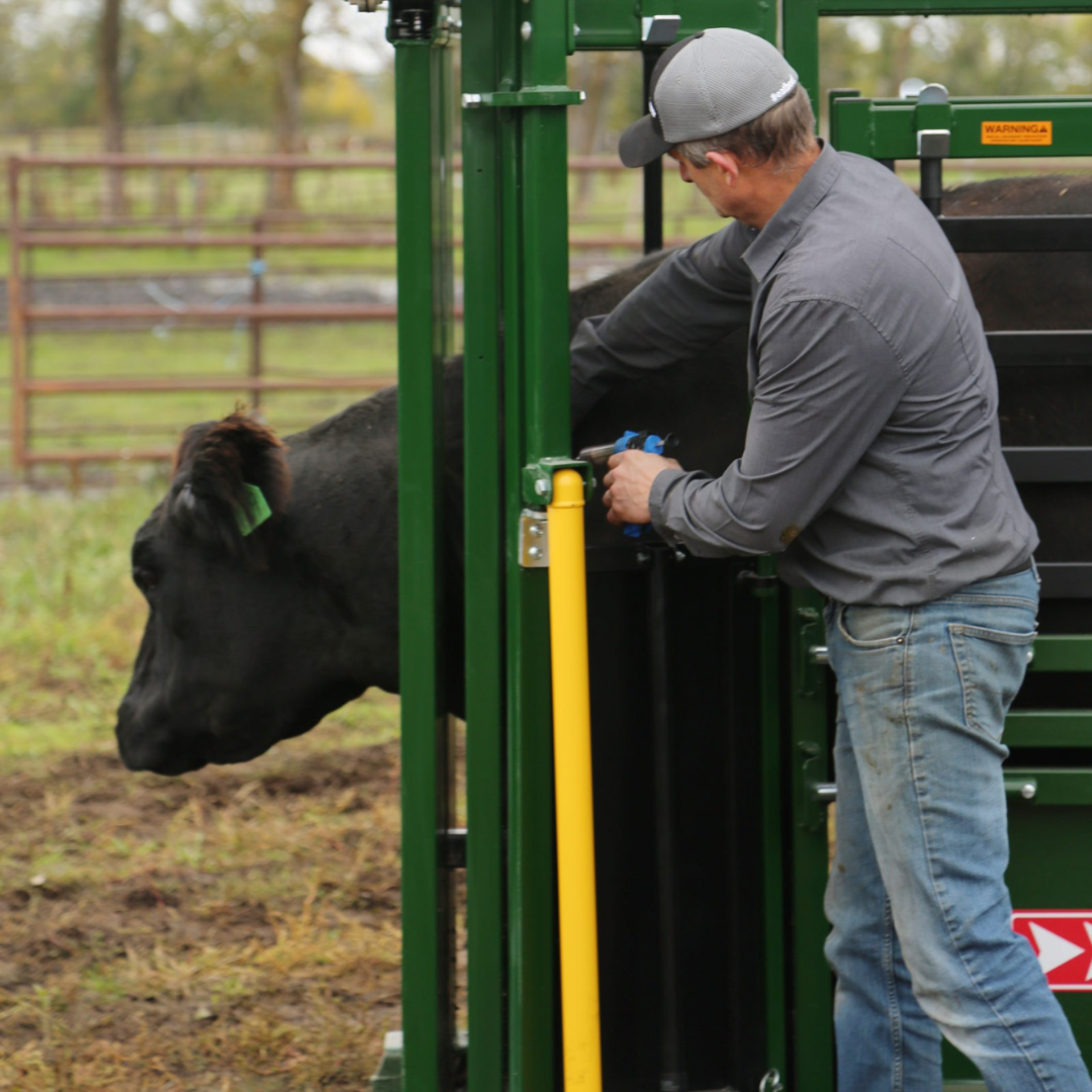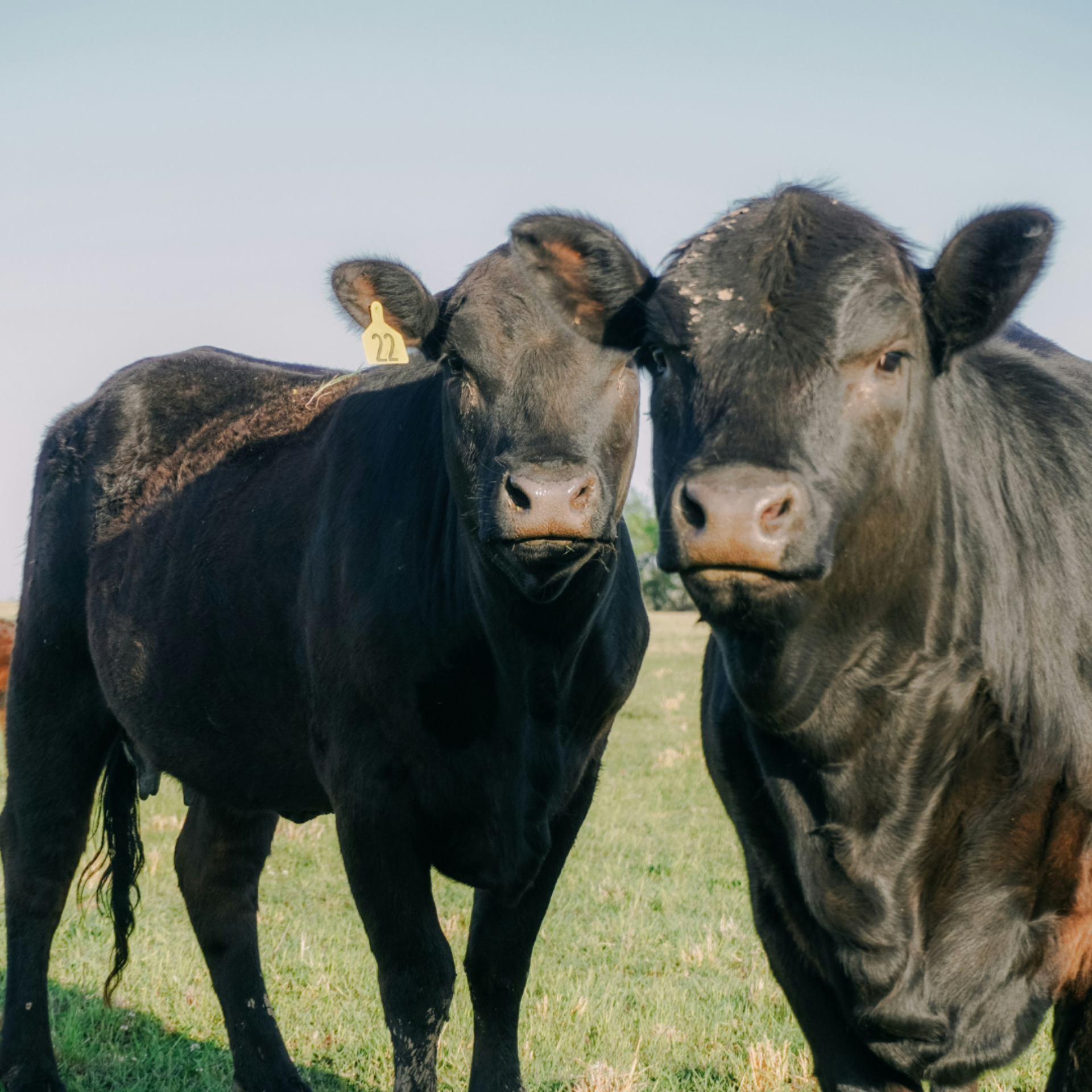Posted on: June 6, 2017
Updated on: October 21, 2025
Author: Arrowquip
SHARE:
Arrowquip is not a veterinary service. If your livestock are showing symptoms of illness, contact your local large animal veterinarian.
According to the USDA, more than 1.88 million farms in the United States raise beef cattle and 89.3 million head of cattle as of January 1, 2023 (this includes both beef and dairy). The United States remains the world's largest supplier to the beef industry because of abundant pasture lands and the ease of raising cattle. In recent years, there has been a spike in small producers raising herds under 50 head all throughout North America. There is a lot to learn when it comes to raising livestock, and it can be overwhelming, but this guide can help with identifying and preventing cattle diseases.
Common Cattle Diseases
Illness is something that will happen to any herd – it’s unavoidable – however, diseases are more common in herds that are kept in tight quarters, such as feedlots, or too few acres. Illness in livestock is also more commonly found in cattle that are stressed, like calves who are freshly weaned or moved to new locations. Though not always possible, it’s important to try and keep sick cattle quarantined until you are certain they are back to normal.
Many diseases can be prevented through good herd management, proper nutrition, and vaccinations. The West Central Veterinary Service provides an excellent outline for a vaccination program you can follow to ensure your cattle stay healthy and their vaccinations stay up-to-date.
Though it isn’t possible to list every disease among beef cattle, there are certain diseases that are more common than others. These include:

Grass Tetany: This is caused by severe magnesium deficiency that is often associated with springtime pastures rich in nitrogen and low in magnesium, or, poor forage during winter months. Signs of this include a staggering gait and/or muscular twitching. If treated quickly, cattle can recover, but if left untreated or noticed too late, it can cause death.
Foot Rot: A lame cow with discharge from the hoof may be suffering from foot rot. It is caused by common soil-borne bacteria such as streptococci, staphylococci, corynebacterium and various fungi. These microorganisms thrive in wet, warm environments. Treatments are available from your vet, but it’s important to properly manage wet pastures to avoid this.
Infectious Bovine Rhinotracheitis (IBR): Also known as “red nose disease,” this illness can cause a cow’s nose to become red and raw from livestock rubbing their noses to get rid of mucous discharge. Other symptoms of IBR can include red watery eyes, fever, loss of appetite and difficulty breathing. It is very contagious, so it’s important to separate your animal from the herd and call a veterinarian to set up a care plan. For more information on IBR, check out this article.
Bovine Viral Diarrhea (BVD): Animals infected with BVD have scours, or constant diarrhea, nasal discharge, and a fever. This can be a serious, costly disease that is more commonly found in unvaccinated cattle. For more in-depth information on this disease, additional symptoms, and how to treat it, check out this article from Cornell University.
Bovine Respiratory Disease Complex (BRDC): This disease, also known as “shipping fever,” strikes an animal after they have been shipped. It is a type of pneumonia that cattle, horses, and other animals can get after being stressed. It is not caused by one particular virus or bacteria, but rather many factors coming together. BRDC causes respiratory distress, runny noses, fevers, and loss of appetite. If your cattle have just been shipped, quarantine them for several days to watch for symptoms to prevent the spread. If you’d like more information on this illness, check out this resource.
It's important to check your herd regularly for signs of illness or injury. One way to do this easily is to get your cattle in a habit of feeding from a round bale feeder or trough daily at a set time so they can line up on their own for inspection. When inspecting your cattle look at their eyes, hooves, and skin and look at the way they behave such as the way they breathe or move.
Cattle Disease Prevention

You may have heard the saying “an ounce of prevention is worth a pound of cure,” and nothing could be truer when it comes to raising cattle. Preventing illnesses and injuries will save a lot more time and money than compared to treating your cattle, so it’s important you take preventative measures to keep your herd in tip-top shape.
This starts with the basics, like proper nutrition and clean water. Keep an eye on the quality and quantity of grass when cattle are at pasture and ensure you’re checking the quality and levels of water on a regular basis.
It’s also important to keep an eye out for debris among your pastures. It’s an unfortunate fact that many people don’t think twice about tossing beer bottles, soda cans, and fast-food wrappers out of vehicle windows. These objects can often be blown into pastures and end up inside the stomachs of curious cattle, which can be deadly. Cattle can also cut themselves on debris which can cause infections, which, if not caught and treated, can be deadly.
You want to make sure your cattle are vaccinated against major diseases, like some mentioned above. You can also get a list of recommended vaccinations from your veterinarian that may include specific localized illnesses your herd should be vaccinated against.
Pasture Maintenance for Healthy Cattle
Cattle spend a large majority of their lives grazing. Most ranchers graze their herds on large open pastures, so it’s important to keep the pastures healthy and free from problems that can lead to diseases, such as:
Planting nutritious grass regularly keeps the grazing composition right for beef cattle. A mix of fescue, orchard grass, rye, white clover, and other forage grasses provide the right nutritional values to raise healthy cattle.
Learn to identify the most common plants that are poisonous to beef cattle. Develop a program to eradicate common pasture weeds and poisonous plants.
Consider pasture rotation. Moving your herd from one pasture to another to allow pastures to rest and grow. Doing this every few weeks or months is ideal.
Fix swampy areas that are prone to flooding and mud. If your pasture is wet throughout, consider moving cattle to dry land for a few days so they’re not standing in mud.
By keeping ahead of your herds health needs, providing adequate nutrition, and ensuring they have dry pasture to live and graze on, your cattle can stay healthy, happy, and productive for many years to come.